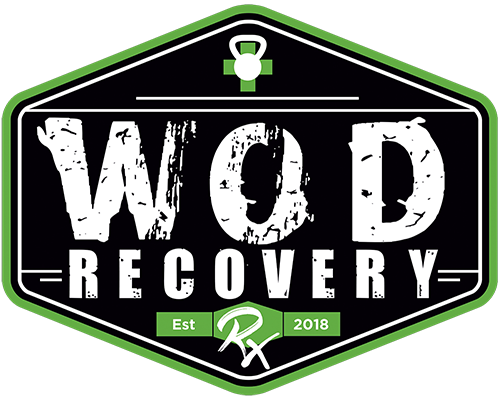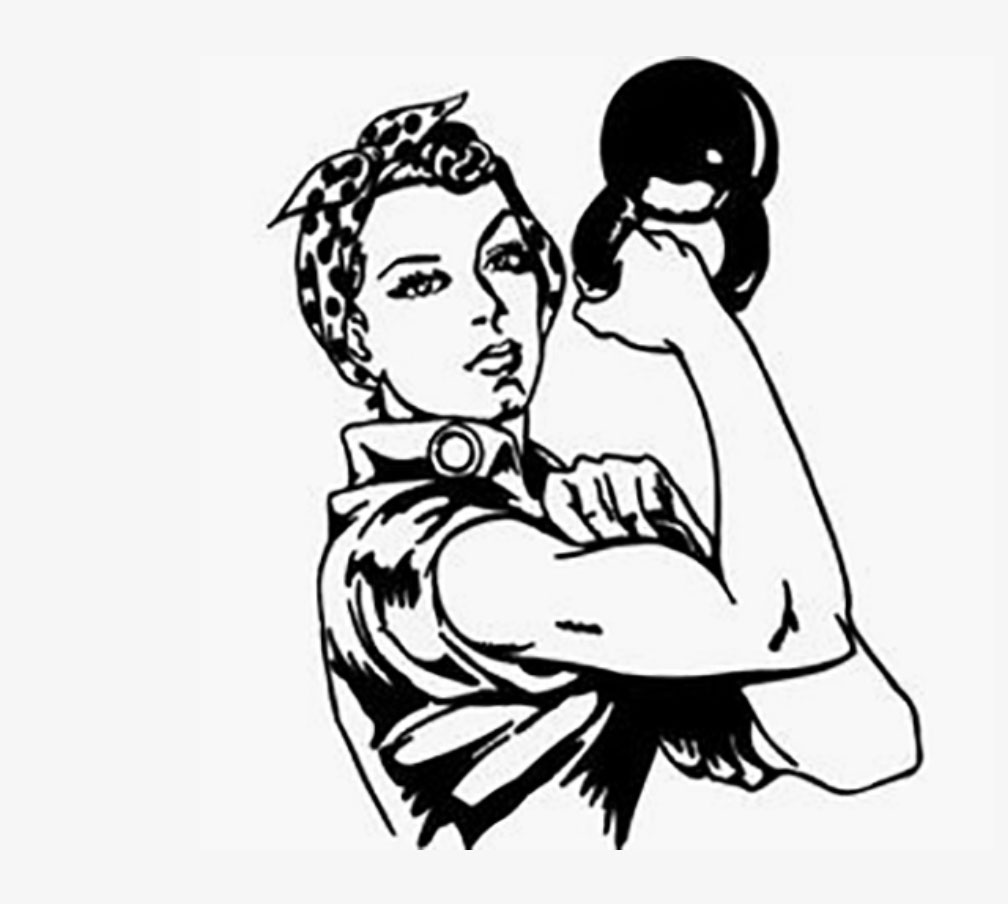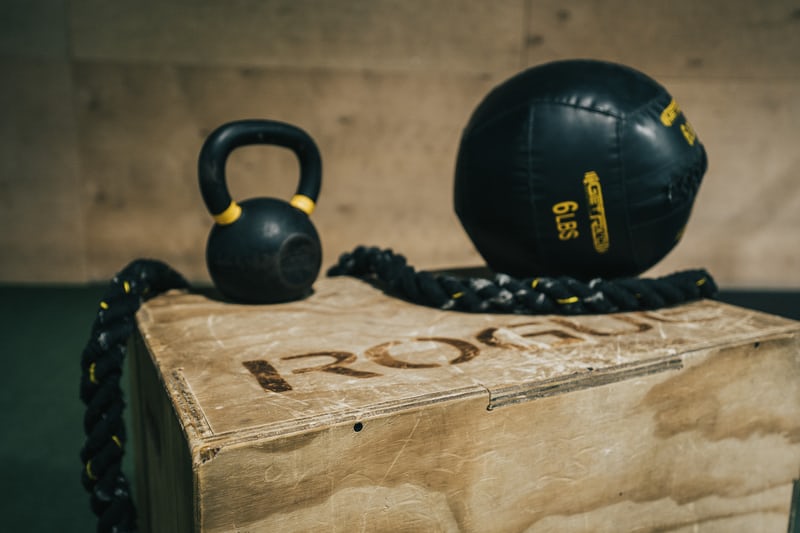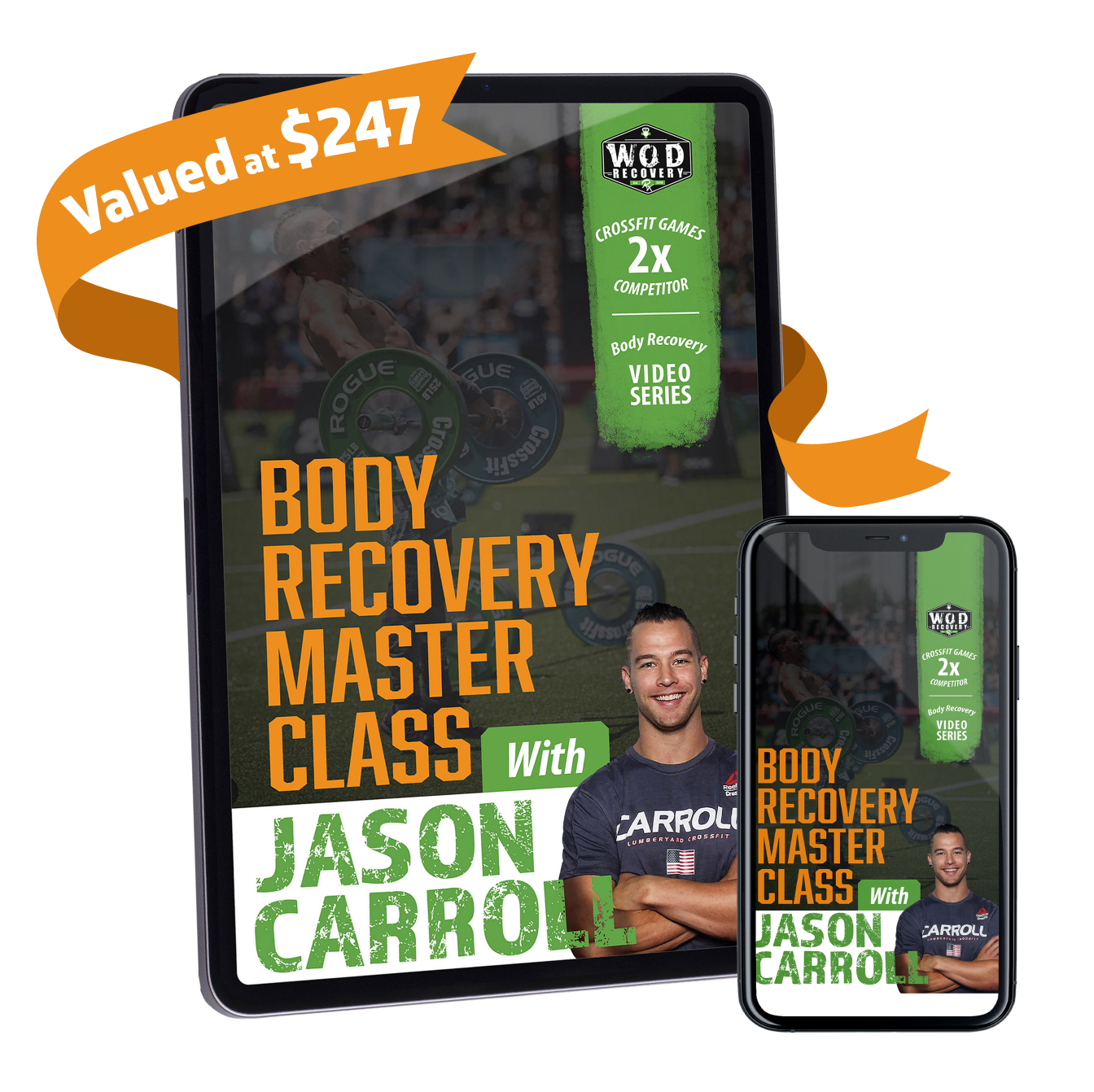HOW TO DO KETTLEBELL SWINGS
Doing anything physically active that makes your lungs heave and your sweat pour is awesome.
Going through CrossFit classes without a care in the world about how perfect your form in various exercises is is still a good workout!
But do you really want to get better at CrossFit (or just fitness in general)?
Do you really want to improve your WOD times and yourself as an athlete? Or are you just interested in staying at the same spot you are now?
Odds are, you want to improve.
CrossFitters tend to be a motivated bunch. We want to push ourselves and get better every time we are in the CrossFit Box.
Kettlebell swings tend to go overlooked in terms of form in the CrossFit world despite being a great exercise.
What Is A Kettlebell Swing?
Kettlebell swings, you ask yourself, isn’t that just the exercise where you violently thrust a weight as fast as you can with no regard for human life?
Well, yes and no.
You have the general idea down, sure. But any exercise form described with the words “violent” and “no regard for human life” sounds just a little bit dangerous, right?
Well, whatever, practice makes perfect.
Or does it?
Vince Lombardi, arguably the greatest football coach of all time, is famous for saying the following:
“Practice does not make perfect. Perfect practice makes perfect.”
So if you want to really improve in anything – kettlebell swings included – you need to start with the form and go from there.
Vaguely knowing what to do in any exercise is ineffective and unsafe.
But the proper kettlebell swing is a great full-body exercise.
By swinging the kettlebell in a back-to-front pendulum motion, you give your body the workout it needs.
What Does It Work?
The Kettlebell swing works the entire body.
Primarily focused on the glutes and hips, the exercise also works every other major body part excluding the chest.
Arms, core, back, and shoulders are all hit by the power of the kettlebell swing.
Even your grip strength will see improvements as you hold onto the kettlebell.
The 3 Kettlebell Swing Benefits
The benefits of kettlebell swings are nearly endless, but there are 3 major benefits that you can expect to see:
Building Strength
Throughout the movement of a kettlebell swing, you swing the weight from back to front and back again.
This hits nearly every muscle group in the body. The better your form gets with the exercise, the better your muscles get at doing it and the more weight you can do.
As you swing the kettlebell from between your legs to the top of its arc, you primarily use your glutes and hip muscles.
As the weight rises higher, your arms, shoulders, and back all engage to hold and support the weight.
Once the weight drops back down to the starting position, the hamstrings work to “catch” the weight and slow it down.
Repeat that motion for a lot of reps and you can see how it is such an effective muscle builder. Kettlebell swings are great for building strong, lean muscles.
On top of that, as the movement is quite physically demanding it improves your muscles’ endurance for heavier lifts.
Improving Cardiovascular System
Anyone who has done a set of kettlebell swings knows that they really make you work.
They start off easy enough, but once you hit the double digits for reps you’re suddenly drenched in sweat and barely able to hear your CrossFit coach yelling over the sound of twin jet engines in your ears (your lungs).
Kettlebell swings do wonders for the short-term cardiovascular system.
Due to their high workload and quick, full-body movements, they work your cardiovascular system in a similar way to sprinting or high-intensity biking.
While this may not fully prepare you to run a marathon, your short-distance cardio will greatly improve, and you will get the muscles to show it!
Explosive Power
You start in a jumping stance, swing your arms into the air, push through your legs, and squeeze your glutes. What does that remind you of?
Jumping? Pushing off into a sprint?
Both are correct answers!
Kettlebell swings are great for explosive power.
They are an exercise commonly used by athletes in sports that require quick movements and jumps, such as Basketball.
So while we don’t promise you’ll become the next LeBron James just by doing some kettlebell swings, we do promise you’ll see improvements in your fast-twitch movements with a little hard work and dedication.
Of course, these are only 3 of the major benefits of kettlebell swings.
Another benefit is that due to their high-intensity mixture of cardio and weight training, kettlebell swings burn fat at a high rate.
The movement and quick, explosive motion of the exercise is similar to cleans and snatches, and can help improve those CrossFit staples as well.
Kettlebell swings also increase lactic acid tolerance, build mental strength, and give you a feeling of confidence and accomplishment while lying on the floor after your set.
How Do You Do A Kettlebell Swing?
As we said before, the kettlebell swing works just about every muscle in your body apart from the chest.
But to hit all of these muscles, you need to make sure that you are doing the movement properly. Improper form can lead to injury, or even worse, a lack of gains.
While the kettlebell swing may look like a hectic exercise, the form is actually very precise and very important – both for athletic success and injury prevention.
It can be broken down into 6 steps:
- Stand with your feet shoulder-width apart. Place the kettlebell approximately a foot in front of you on the ground. Bend at the waist and grab the kettlebell with both hands, palms facing towards you and knuckles facing away. While holding the kettlebell, your torso should be almost parallel to the ground.
- Pull your shoulders down and back to brace the back. Brace your core. Keep the small curve in your low back. Maintain all of these cues throughout the entire range of motion.
- Lift the kettlebell off the ground and swing it back between your legs. Bend your knees slightly throughout the movement. Maintain the small curve in your back and keep your neck straight.
- Drive your hips forward and propel the kettlebell into the air. Use your arms to control the kettlebell, but do not pull with them. The kettlebell should go no higher than your shoulder level.
- Allow the kettlebell to swing down and back through your legs. Control the drop by keeping your core tight. Be in control for the entire descent.
- After you are done your set, allow the kettlebell to swing back through your legs and place it a foot in front of you.
For help with your burpees, click here: How To Do Burpees Properly
For help with your burpees, click here: How To Do Burpees Properly
Reps And Sets
For most kettlebell swing sets, you are looking at between 8-15 reps for 2-4 sets.
If you are more interested in the explosiveness and power aspect, go for a smaller number of reps with a higher weight.
If you are looking for cardio, go for a smaller weight with a higher number of reps.
Common Mistakes
There are a few mistakes that are incredibly common while doing the kettlebell swing:
Using Your Arms
A common mistake while doing the exercise is using your arms to pull the kettlebell higher than your shoulders.
This is both incorrect and dangerous.
The momentum of the kettlebell should come from the glute squeeze.
Do not try to pull the weight higher than it will go from the squeeze. Your arms are there to control it, not lift it.
Lowering Into A Squat
This is not a squatting exercise. The best way to describe the movement is a jumping movement. Similar to the deadlift, you bend at the waist, not at the knees.
Forgetting The Core
Your core should be activated for just about every exercise under the sun.
For the kettlebell swing, an inactive core means added stress to your spine, which in turn means danger to your body.
Keep your core tight and active for the entire set.
Keeping Up With The Kettlebells – Variations
After you’ve done your first hundred or thousand or million kettlebell swings, they’re going to start to feel a little bland.
Variety is the spice of life, and exercises are no exception.
Plus, they’re hard, and well you love the hard work, you get bogged down in the repetition of doing the exact same movement over and over and over.
So while you may love kettlebell swings, changing them up can give your brain a much-needed change and your body a different workout.
Here are 3 variations on the kettlebell swing:
Skier Swings
- Stand with your feet slightly closer than shoulder-width apart. Hold a lighter dumbbell in each arm on the outside of your body (like a skier with their poles).
- Pull your shoulders down and back to brace the back. Brace your core. Keep the small curve in your low back. Maintain all of these cues throughout the entire range of motion.
- Drive your hips forward and propel the kettlebells into the air. Use your arms to control the kettlebell, but do not pull with them. The kettlebells should go no higher than your shoulder level.
- Lower the kettlebells back to their starting position. Be careful to not allow the kettlebells to swing back into the body. Repeat.
Single Arm Kettlebell Swings
- Stand with your feet shoulder-width apart. Place the kettlebell approximately a foot in front of you on the ground. Bend at the waist and grab the kettlebell with one hand. While holding the kettlebell, your torso should be almost parallel to the ground.
- Pull your shoulders down and back to brace the back. Brace your core. Keep the small curve in your low back. Maintain all of these cues throughout the entire range of motion.
- Drive your hips forward and propel the kettlebell into the air. Use your arm to control the kettlebell, but do not pull with them. The kettlebells should go no higher than your shoulder level.
- Lower the kettlebell back into the starting position. Do equal reps for both arms.
For even more kettlebell swing variations, check this out: https://www.menshealth.com/fitness/a19543740/kettlebell-swing-variations/
It’s All In The Hips
The hips and the glute are what make or break a kettlebell swing rep.
Push with your glutes and squeeze at the top of each rep, similar to how you would squeeze your glutes in a hip thrust rep.
Safety Tips
Kettlebell swings are only a good exercise if you’re doing them properly and not constantly getting injured. Keep these tips in mind for next time you perform the exercise:
Pace Yourself With Kettlebell Swings
Remember, slow and steady wins the race. In this case, ‘slow’ doesn’t exactly mean slow, but rather a steady and consistent movement throughout the set.
Don’t burn through the first 5 and then painfully do the next 10 over a 4-minute period.
Try not to rest between your repetitions. Keep at a nice pace.
Keep The Curve In Your Back
As soon as you lose that curve in the small of your back, you open the door to a major injury.
That doesn’t mean you need to push your belly out to accentuate the curve.
Just engage your core, keep it tight, and do not allow your back to slouch through the exercise.
If you feel yourself starting to slouch, that’s a sign you need to take a break and regroup before your next set.
Breathe
Make sure you breathe throughout the set. It may seem like it allows you to go faster, but this is actually counterproductive for a couple of reasons.
Firstly, you need air too, you know, survive for more than a minute.
This is essential for biking, CrossFit, and generally the life of everything on Earth. So breathe during your exercises.
Secondly, breathing is essential for keeping up our pacing. When we stop taking in fresh oxygen, our muscles fill with lactic acid and grow sluggish.
You heard it here first: breathing is important for humans.
WRAP IT UP
Kettlebell swings are a great exercise when done properly. They combine muscle strength, explosiveness, and cardio into a happy little bundle.
Take what you learned here and apply it to your training. If you already had the perfect kettlebell swing form, awesome!
If not, also awesome!
Because now you know what you need to do to fix that, and you’re sure to feel the great results!
So get back out there and keep swinging those kettles!
You Kill The Wod, We’ll Recover The Bod!

RX+ YOUR BODY RECOVERY TODAY!
Enter your information below to get this FREE report today!

WOD RECOVERY RX © 2020
428 Gaslamp, Inc.
Disclaimer:
All hemp-derived products
contain 0.0% THC

The statements made regarding these products have not been evaluated by the Food and Drug Administration. The efficacy of these products has not been confirmed by FDA-approved research. These products are not intended to diagnose, treat, cure or prevent any disease. All information presented here is not meant as a substitute for or alternative to information from health care practitioners. Please consult your health care professional about potential interactions or other possible complications before using any product. The Federal Food, Drug, and Cosmetic Act require this notice.

WOD RECOVERY © 2020 | 428 Gaslamp, Inc.
Disclaimer: All hemp-derived products contain 0.0% THC
The statements made regarding these products have not been evaluated by the Food and Drug Administration. The efficacy of these products has not been confirmed by FDA-approved research. These products are not intended to diagnose, treat, cure or prevent any disease. All information presented here is not meant as a substitute for or alternative to information from health care practitioners. Please consult your health care professional about potential interactions or other possible complications before using any product. The Federal Food, Drug, and Cosmetic Act require this notice.



